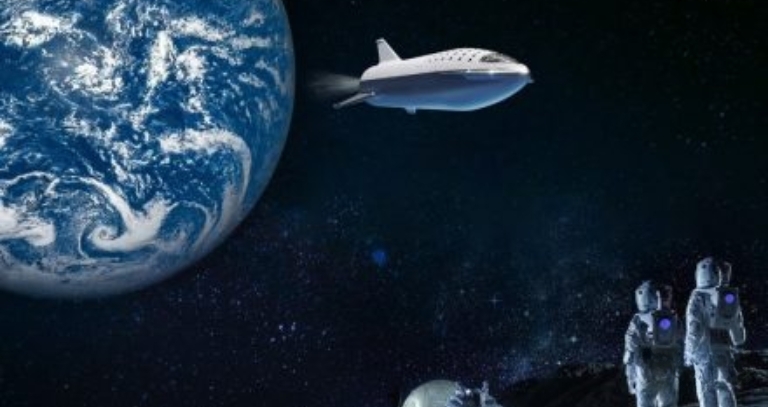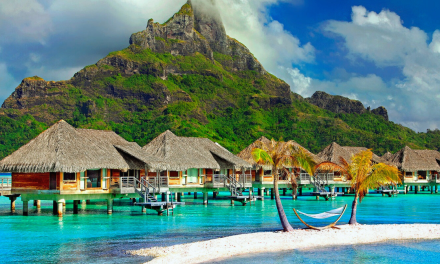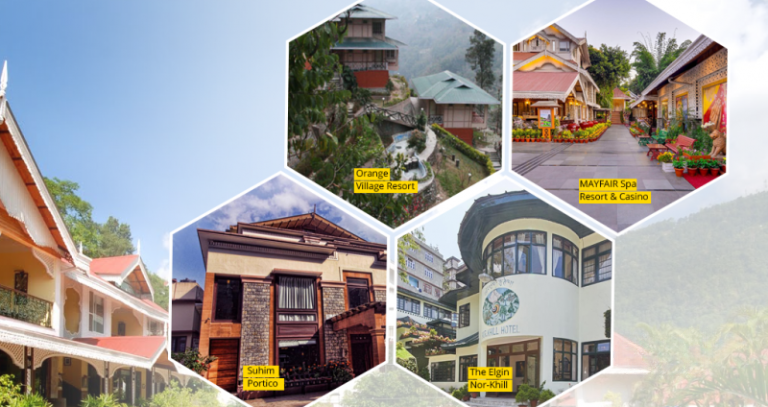Space Tourism Really Worth It?
If you’re wondering whether space tourism is real or just science fiction, here’s the truth: it’s already happening. For centuries, humans dreamed of walking among the stars. That dream moved closer to reality when Neil Armstrong first set foot on the moon. Back then, no one imagined ordinary people might one day venture into space for fun.
Thanks to pioneers like Richard Branson, Elon Musk, and Jeff Bezos, that dream is no longer far-fetched. Companies like Virgin Galactic, SpaceX, and Blue Origin are racing to make commercial space travel possible. Soon, it won’t just be astronauts who get to feel the magic of space. Tourists, too, could soon join the ride.
What is Space Tourism?
Simply put, space tourism is recreational travel beyond Earth. Instead of visiting cities or beaches, you travel into orbit—or even beyond. It’s often called citizen space exploration or commercial human spaceflight. Experiences may include:
-
Sub-orbital flights (short trips to the edge of space)
-
Orbital flights (circling Earth for hours or days)
-
Deep space tourism (future trips to the Moon or beyond)
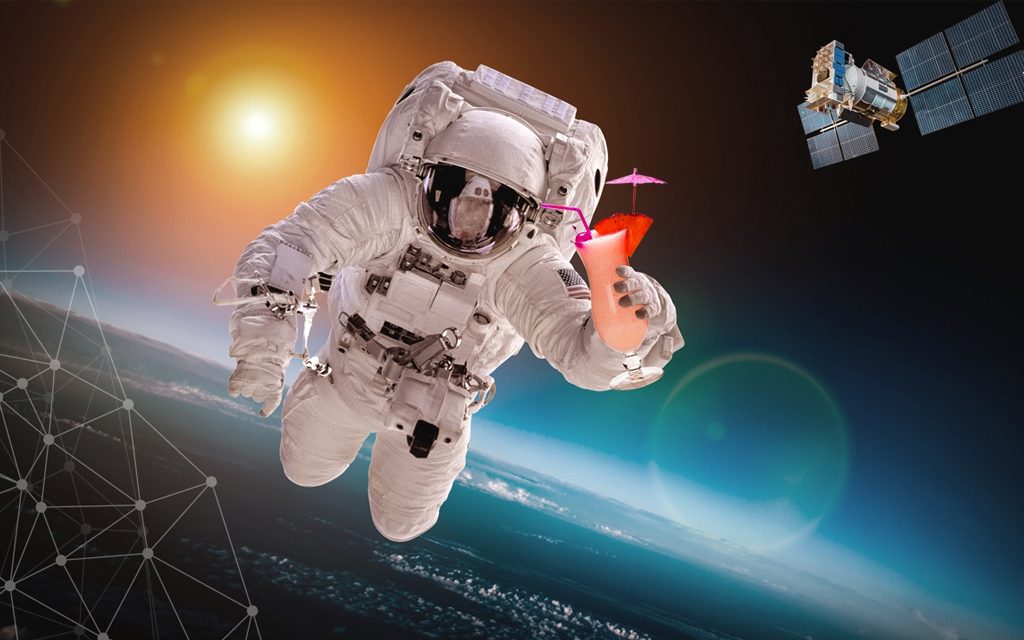
The History
Space exploration began in the early 1950s when the Soviet Union (Russia) decided to lead the space race after successfully launching Sputnik 1 as earth’s first artificial satellite. As the 1960’s approached, the idea of sending people other than highly-trained astronauts and cosmonauts came to realization.
On April 12, 1961 Yuri Gagarin became the first man in space to make a 108-minute orbital flight aboard the Vostok 1 spacecraft. At the same time, the U.S. was attempting to do the same.
In May 1961, astronaut Alan Shepard became the first U.S citizen in space and in 1962, John Glenn became the first American to orbit the earth. 1980’s was the worst period that saw many space disasters including the infamous ‘Challenger’ disaster that gave a setback to space exploration programs.
Following suit, many other companies too joined the race to space including XCOR Aerospace, Bigelow Aerospace, Blue Origin, Rocket Lab that flooded into the industry, hoping to capitalize on public interest in space and a new swath of wealthy individuals ready to pay for access.
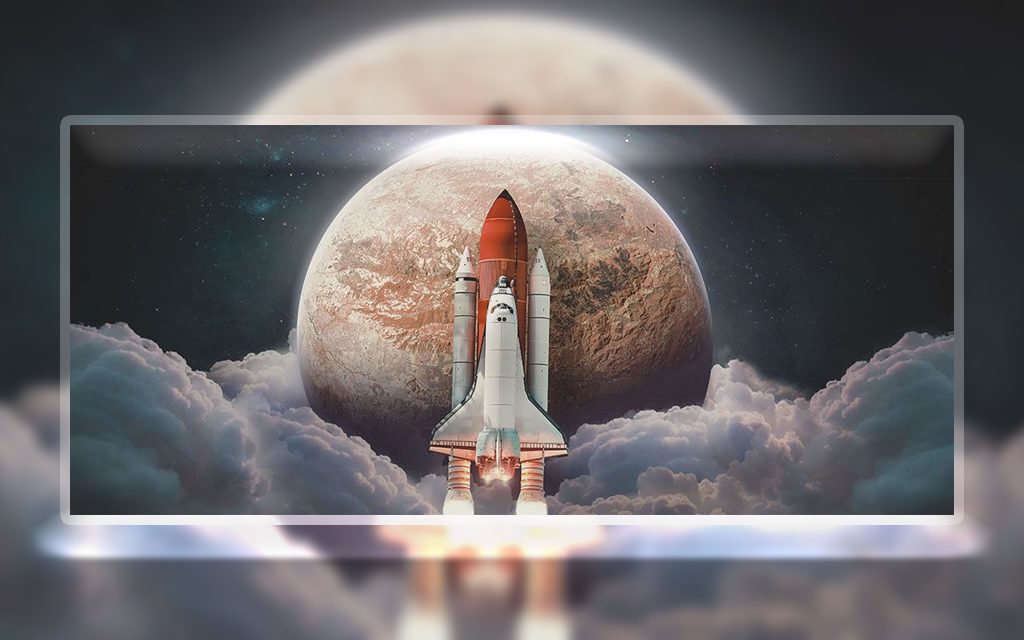
What’s been done So Far?
-
Virgin Galactic has conducted test flights and already has 600+ reservations from people in 60 countries.
-
Blue Origin has tested rockets and crew capsules, with the goal of lunar colonies in the future.
-
SpaceX made headlines by planning to send private citizens around the Moon.
-
Rocket Lab completed its first successful test flight in 2018.
Despite setbacks, excitement around space tourism is growing fast.
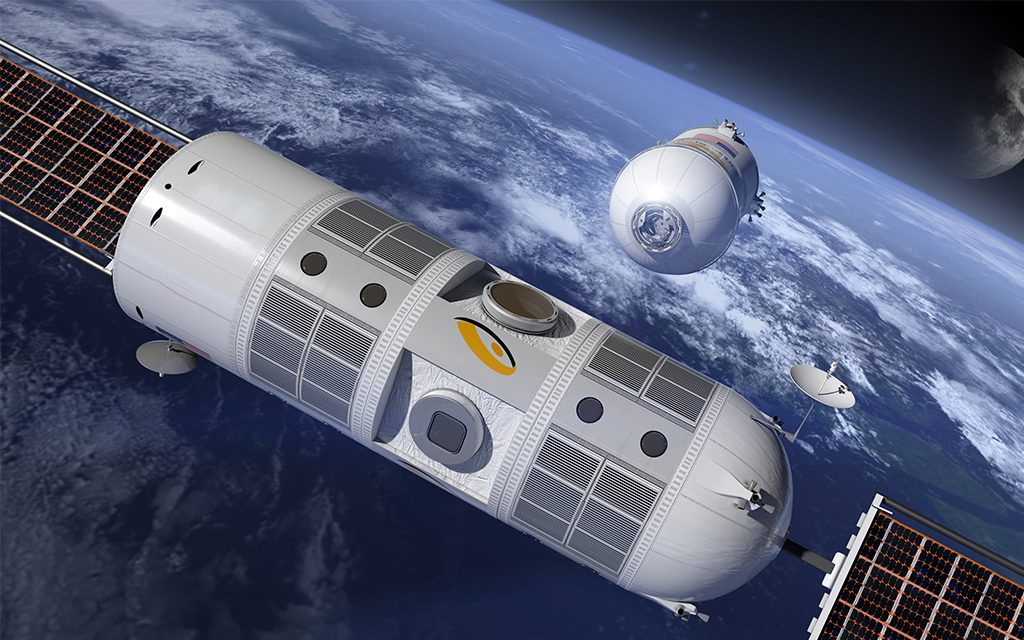
What’ll Space Tourism be like?
Traveling to space won’t be like booking a weekend getaway. It comes with challenges:
-
Physical effects like dizziness, nausea, and motion sickness.
-
Weightlessness that feels fun at first but may strain the body.
-
Strong G-forces during launch and re-entry.
Still, the rewards are extraordinary. Imagine floating in zero gravity, watching Earth’s blue curve from above, and seeing stars without city lights dimming them. The experience is unlike anything possible on Earth.
If you’re fascinated by the idea of exploring beyond Earth, you might also enjoy our Santorini Travel Guide 2025 | Best Beaches, Sunset Tours & Hidden Gems — it contrasts sharply with space travel, yet shows how stepping into different worlds (even on earth) can transform your perspective. For example, while space tourism promises views of Earth from orbit, Santorini offers unforgettable sunsets and caldera cliffs that touch the sky. Meanwhile, our Goa Travel Guide! From Hidden Places to Hidden Beaches! is perfect if you love discovering serene natural beauty closer to home. These posts pair well because they explore how travel—whether among the stars or along golden shores—reshapes what we call ‘adventure.’

